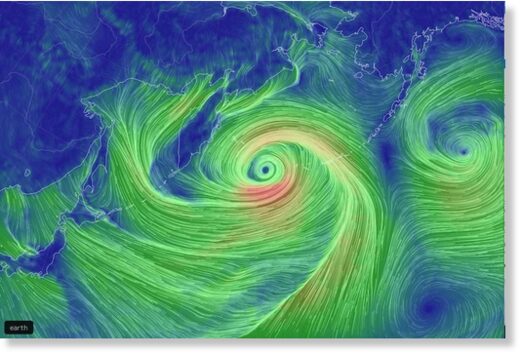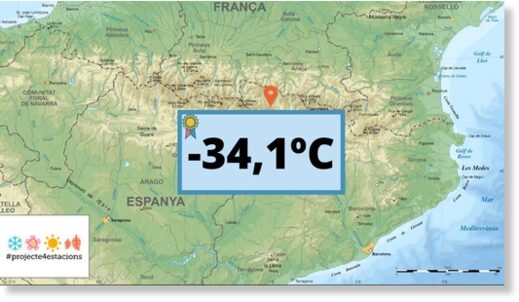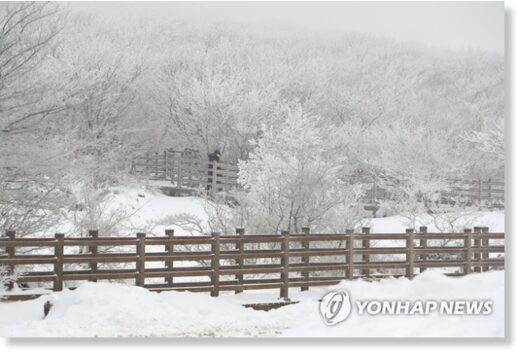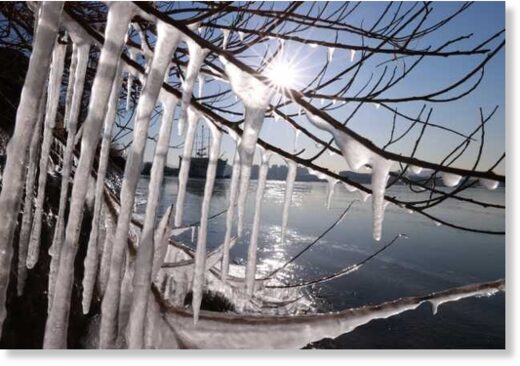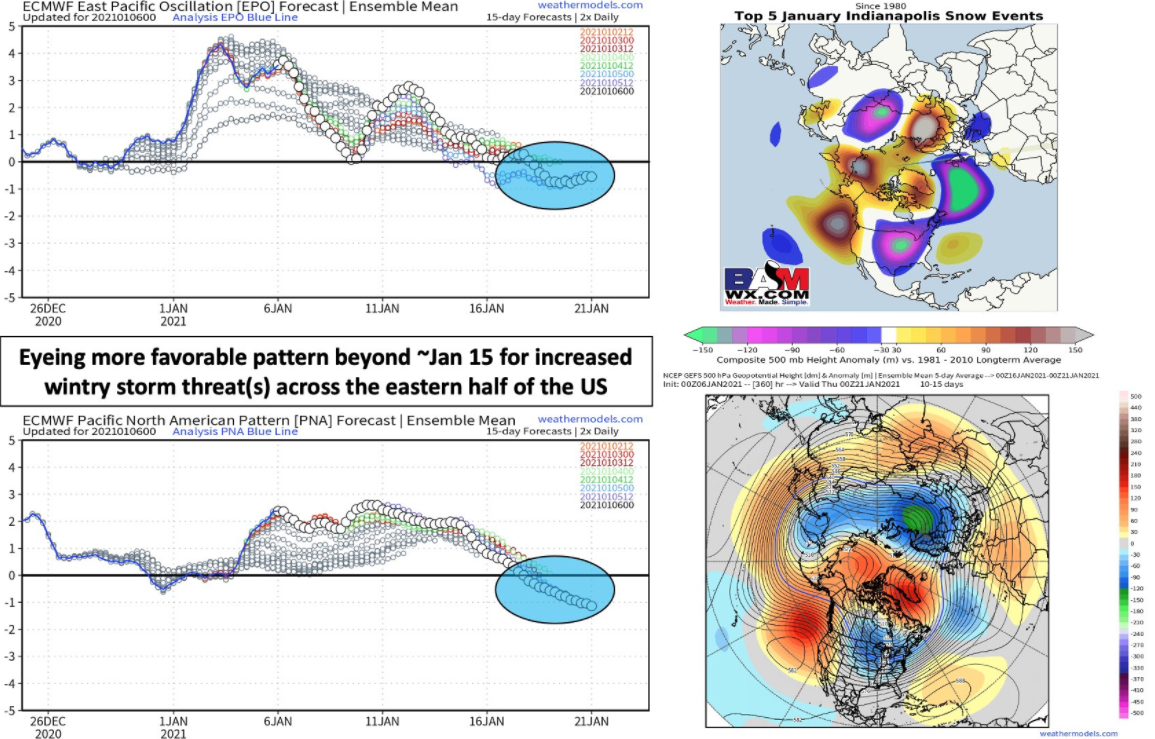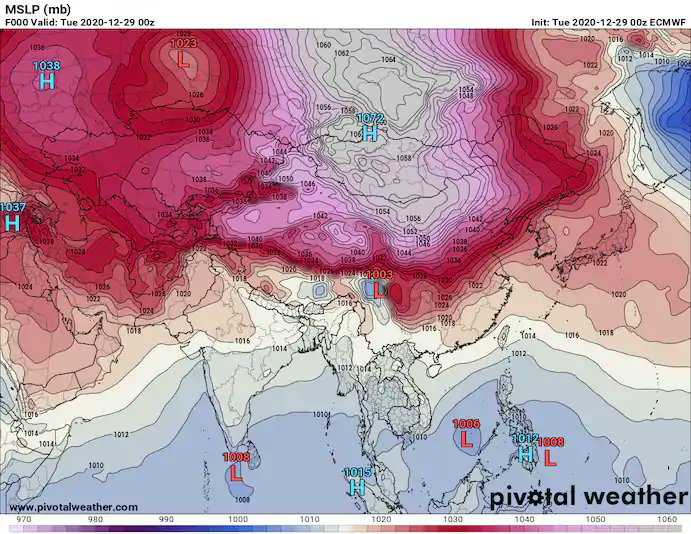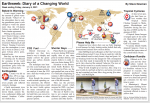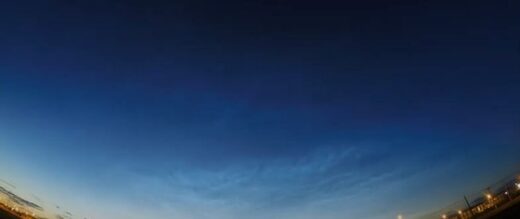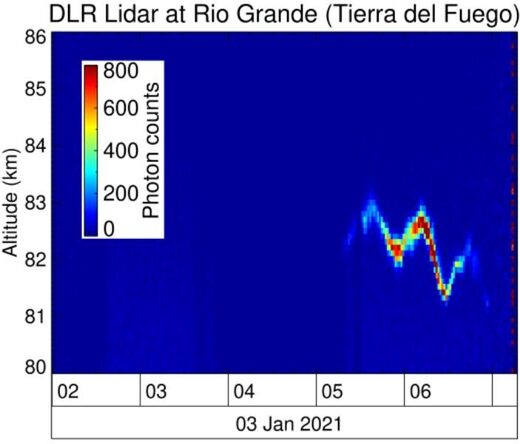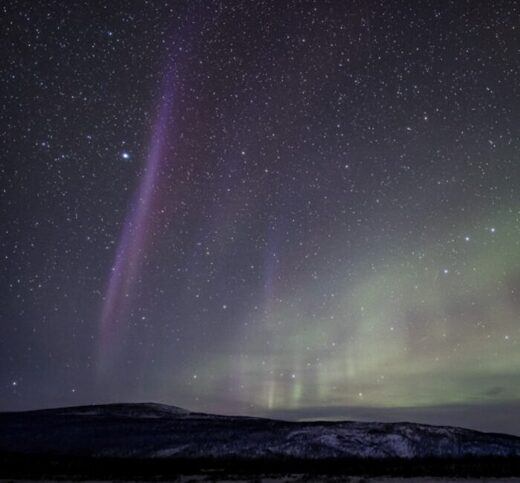20+ WEATHER STATIONS ACROSS CHINA EQUAL/BREAK LOWEST-EVER TEMPERATURE RECORDS FOR MONTH OF DECEMBER
JANUARY 2, 2021 CAP ALLON
Electroverse
China knows what’s coming. It’s plays on the global scene are clear: from its expansion into the greening north Africa to its desperate increases in domestic energy production, the country is heeding the warnings delivered down from historical documentation and cosmological cycles, and is acting on the advise of its modern-day scientists — global cooling is coming.
Record cold has been impacting northern and southwestern Asia since early December with Siberia copping the worst of it, suffering lows of
-50C (-58F) and beyond.
More recently, Arctic air masses have also descended southeast into central and eastern China, prompting the nation’s Meteorological Center to issue its highest cold wave warning alert for the first time in four years.
As reported by Chinese news site
new.qq.com,
at least 20 weather stations across the country have either equaled or broken their lowest-ever December temperature records, since record keeping began — these include Beijing’s Foyeding meteorological station logging
-26.4C (-15.5F) (linked below), and Shanghai Pudong recording
-6.2C (20.8F) late Tuesday night.
In some parts of the country, temperatures plummeted 18C on Wednesday, reports
sixthtone.com. And over the weekend, the mercury in northeastern and southern China is forecast to hold at least 5C below the seasonal average, according to a weather bulletin by
nmc.cn.
Pictured below is the final day of 2020.
Clearly visible is the expansive mass of Arctic air that engulfed (and is still engulfing) the majority of Asia –the largest continent on Earth at 17,139,445 m2 (44,390,959 km2)– with “blue” indicating temps 4-6C below normal and “pink” depicting as much as 22C below the average:

GFS 2m Temp Anomalies for Dec. 31 [
tropicaltidbits.com].
“This cold wave has impacted a wide range of areas in China, with high intensity, and a severe cooling effect,” Fu Yi, chief service officer at the Shanghai Meteorological Bureau said, adding that the intensity of this cold wave is stronger compared with the same period in previous years, while bearing similarities to a historic cold wave of 2016 when China suffered its “worst cold” in at least three decades.
Trawling through data from China’s meteorological stations for December 2020, it is revealed that average temperatures in 80% of the country’s provinces either equaled or fell below the monthly norm.

The waterfall in Taihang Wuzhi Mountain in Handan City, north China’s Hebei Province, has frozen, creating a magnificent winter scene reminiscent of an ancient ink painting of the mountainside [
news.cgtn.com].
The frigid winter has led to a rise in demand for electricity, for heating purposes. Several provinces in parts of southern and eastern China are experiencing power crunches during peak times, while Beijing has restarted a coal-fired power plant for emergency use to guarantee heating despite transitioning to gas in 2017, reports
new.qq.com. According to an official at the National Development and Reform Commission, the country’s highest daily electricity load has exceeded the summer peak, which has been “rare in history.”
RECORD MONGOLIA COLD PERSISTS
In northern Inner Mongolia, over 100 households in a local herding community are said to be facing a water shortage, as supply pipes have frozen in a rare nighttime temperature of -40 degrees Celsius, according to media reports.
While some cities, including those in the eastern Zhejiang province, have taken the preventative measure of cutting the water supply to prevent the pipes from freezing.
Looking ahead, the historic cold isn’t forecast to let-up anytime soon: Asia won’t see a break until at least late-January, but more likely March, or even April. In addition, snowfall totals looks off the charts, and will only add to the exceptional and record breaking accumulations received in recent weeks:
The
COLD TIMES are returning, the mid-latitudes are
REFREEZING in line with
historically low solar activity,
cloud-nucleating Cosmic Rays, and a
meridional jet stream flow.
Both NOAA and NASA appear to agree,
if you read between the lines, with NOAA saying we’re entering a
‘full-blown’ Grand Solar Minimum in the late-2020s, and NASA seeing this upcoming solar cycle
(25) as “
the weakest of the past 200 years”, with the agency correlating previous solar shutdowns to prolonged periods of global cooling
here.
Furthermore, we can’t ignore the slew of new scientific papers stating the immense impact
The Beaufort Gyre could have on the Gulf Stream, and therefore the climate overall.

 Prepare accordingly
Prepare accordingly—
learn the facts, relocate if need be, and grow your own.
20+ Weather Stations across China Equal/Break Lowest-Ever Temperature Records for Month of December - Electroverse





